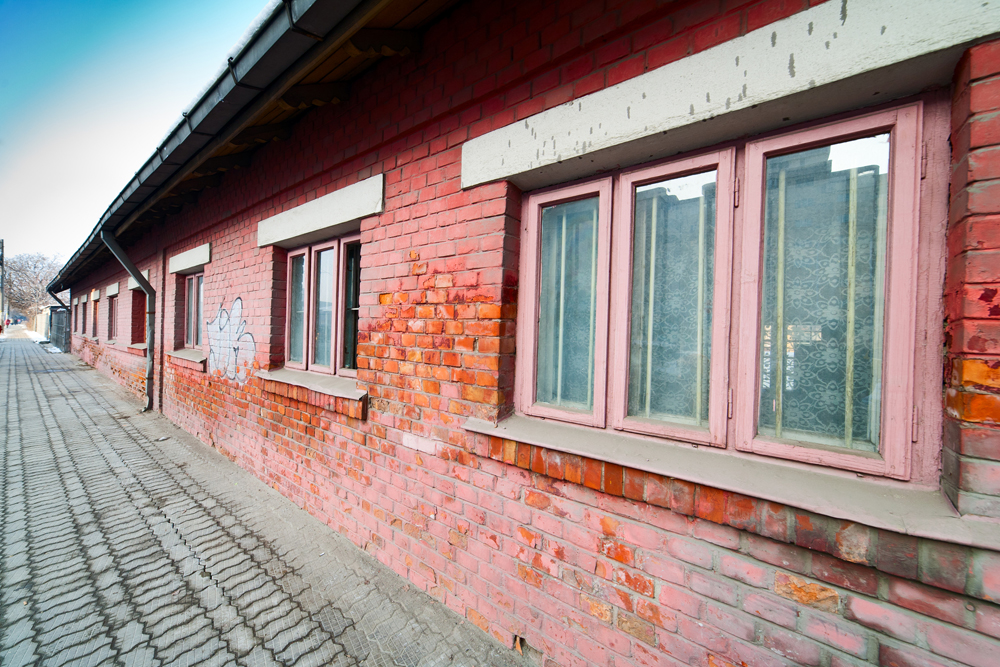Sandblasting commercial buildings: when, where, why?

Over time, commercial buildings build up a patina and a layer of dirt and grime that can look unsightly to visitors. Some buildings are coated in paint that may not have originally been there, and that paint eventually needs to be removed. Whether you’re a new builder owner or a long-time owner, you might be considering sandblasting the building to get it back to its original look.
Is this a good idea? When and where is it a good idea? Should you consider it for your building?
The process
“Sandblasting” is a layman’s term for a variety of different processes that all fall under the general umbrella of abrasive cleaning. Simply put, it’s the use of a compressor that blows a steady stream of air and grit at the surface that needs to be cleaned. That grit can come in many different forms, depending on the application—sand is the traditional material, but today there are many different materials including glass beads, powdered rice husks, and silica flour.
When the mix of high-pressure air and grit hits the surface, it scours away the surface layers, including paint, surface coatings, debris, and tarnish.
When and where to do it
One of the most frequent calls for sandblasting on a commercial building comes when a new owner takes over and wants to get the building back to its like-new condition. There can be pitfalls that come with this, however.
With newer buildings there isn’t as much concern, but with older buildings the patina that builds up over time on masonry and stone can actually help keep the building sealed. Some buildings were originally painted, too, instead of the paint coming as a later addition.
Depending on the situation, sandblasting may or may not be the best option. Older, softer masonry and stone can be harmed by vigorous cleaning. An expert eye should be applied first to ensure that the sandblasting won’t do more harm than good.
In addition, some municipalities don’t allow sandblasting at all, as the grit can create a mess, so it’s a good idea to check local regulations first. Some buildings or districts may also fall under additional historic building laws, which can mean that manual cleaning is necessary instead.
If you have a building that needs it and can take the abrasion, sandblasting is an excellent cleaning option. It will abrade away even the most stubborn of stains or paintwork, leaving behind a surface that can be left open, painted, or sealed.
Sandblasting is a powerful tool for cleaning, but should be used with caution. Talk to a knowledgeable contractor like JK Industries to find out whether it’s the right fit for your building.
